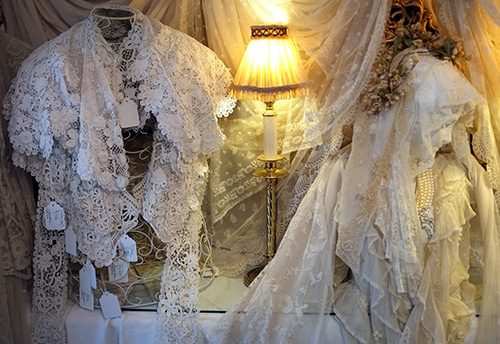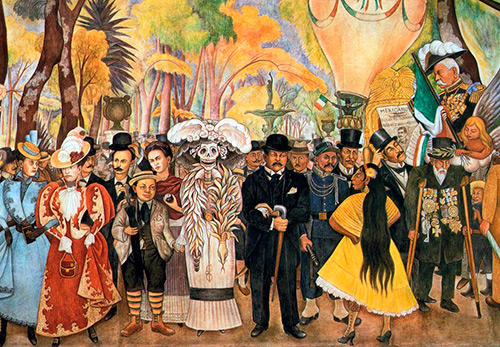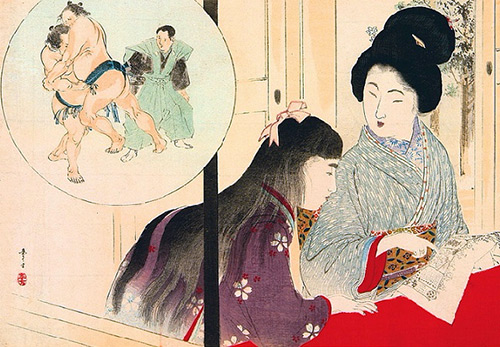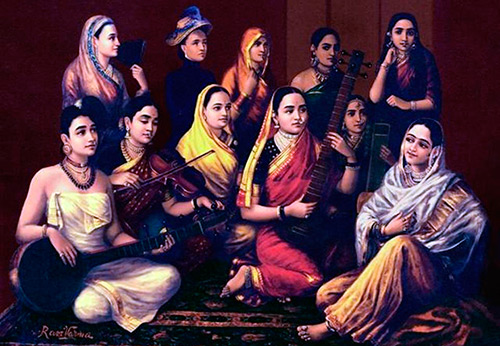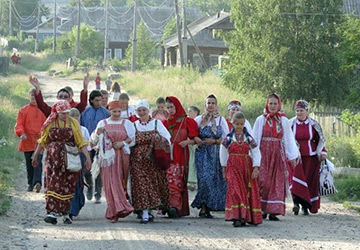Fashion history
National costume of Ireland - history and photos
Green is considered the color of Ireland. Green in Ireland is often combined with sunny red. Many Irish people have naturally red hair. Irish costume is bright and colorful, like summer itself.
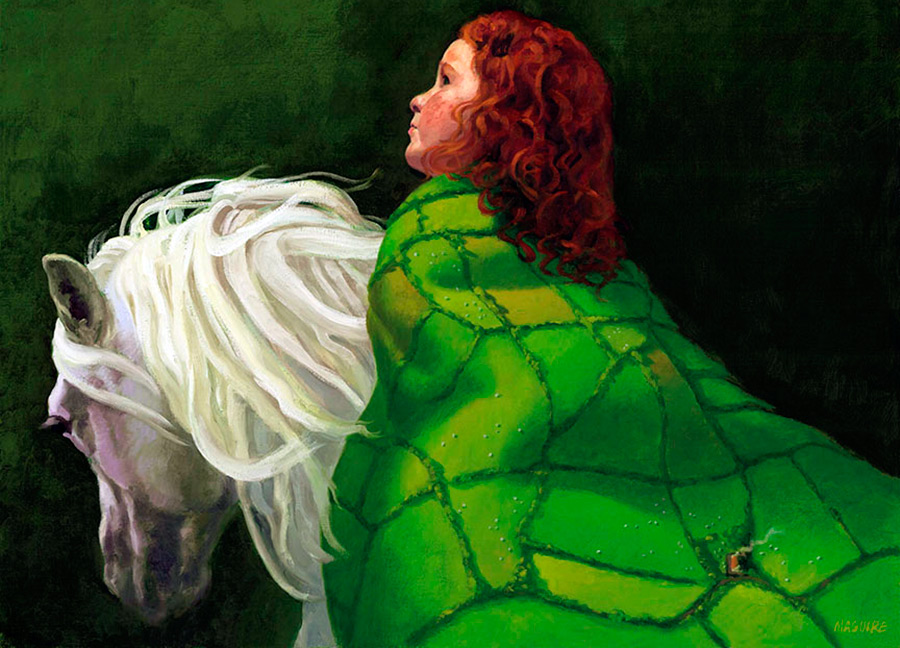
"Way back home"
Barry Maguire artist
Ireland is a country with a rich and interesting traditional culture. Irish folk dances are especially famous. And the clothes of folk dancers of any country are always clothes associated with a folk costume.
On St. Patrick's Day, Irish dances may be danced all over Europe. And, of course, the USA, where many descendants of Irish immigrants live. The holiday of the patron saint of Ireland, St. Patrick, is very popular today. The color of the holiday is green. Green is also considered the main color in Irish folk dress.
Celtic motives
The culture of Ireland is closely related to Celtic traditions. The modern Irish are descendants of the Celtic tribes that once inhabited the vast territory of Western and Central Europe. Of course, in Ireland, as in many other European countries, the adoption of Christianity influenced the traditional ancient pagan culture. But, nevertheless, Christianity could not supplant more ancient traditions.
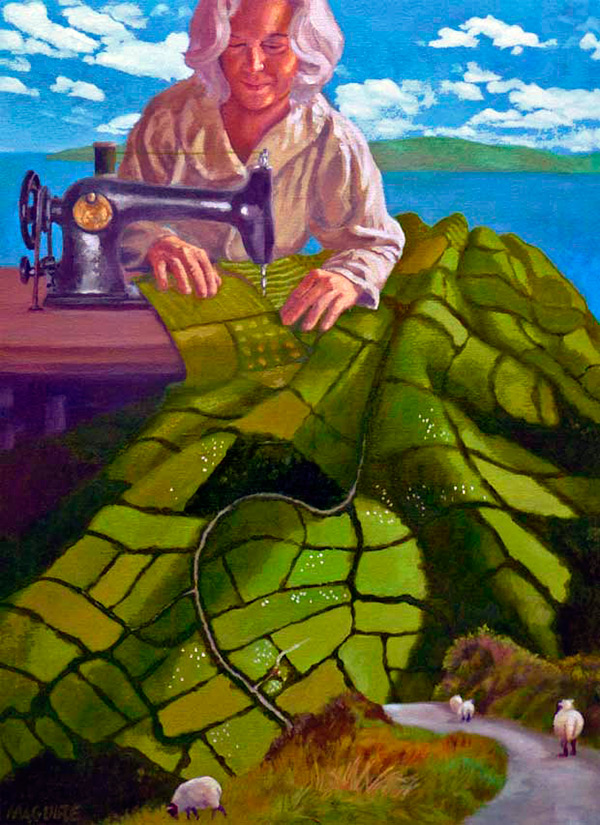
Barry Maguire artist
Folk costume any country, including Ireland, is what ordinary people - peasants wore for many centuries. Unlike the costumes of aristocrats, which changed over the centuries from style to style - Romanesque costume, baroque costume, rococo and so on, the clothes of the peasants remained practically unchanged.
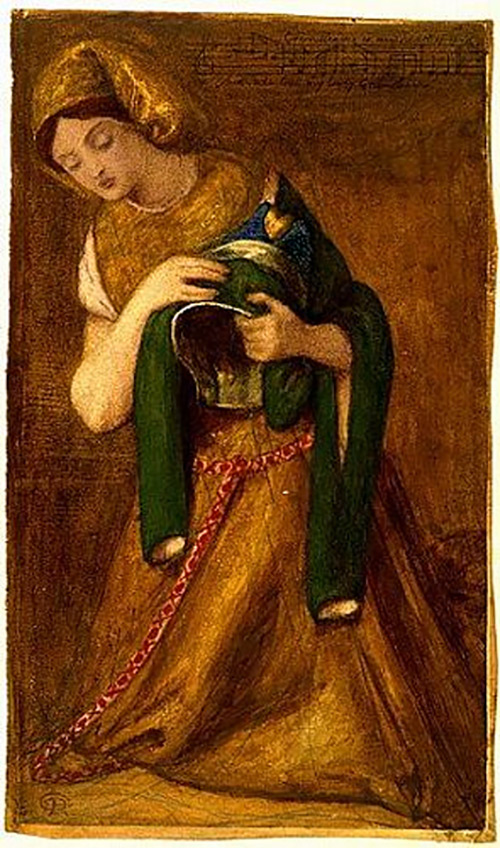
"Green sleeves"
Dante Gabriel Rossetti artist
Most often, a peasant European man's suit is trousers and a shirt, a woman's is a skirt and a shirt or a dress. But at the same time, the peasants always decorated their festive clothes with drawings - ornaments. Pagan pre-Christian traditions were still preserved in the ornament. These could be patterns symbolizing the sun god, and patterns associated with the goddess of fertility, as well as amulet symbols.
Irish costume ornaments are of ancient Celtic origin.
From folk clothing to national costume
The folk or national costume of Ireland itself appears in the 19th century, like the national costumes of other European countries. As a matter of fact, in the 19th century, the concept of nations was formed in Europe. And the learned people of each nation are beginning to actively study the culture, history and traditions of their country. At the same time, much attention is paid to the study of the life and everyday life of ordinary people.
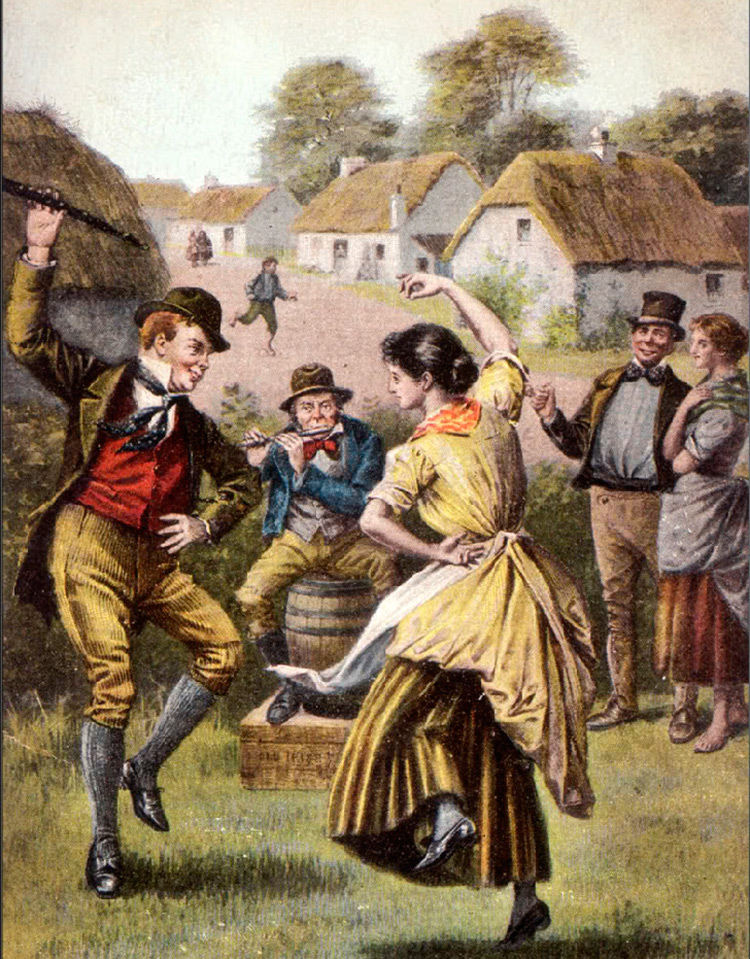
"Irish dance"
In the XIX century, namely during the style romanticism, European thinkers and artists are no longer interested, unlike in past centuries, the heritage of Ancient Greece and Rome, the history of kings and their victories. During the period of romanticism, thinkers and artists go to the common people.
And on the basis of the folk costume, that is, the clothes of ordinary people, but not everyday, but festive, national costumes are formed. This is the case with the national costume of Ireland.
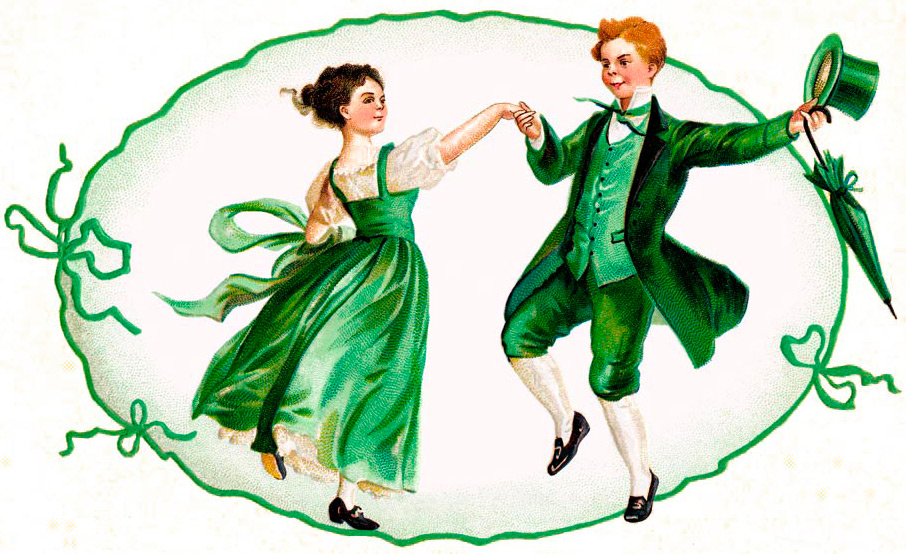
Vintage postcard for St. Patrick's Day
In this case, its own difficulties arise. Ireland has long been under the influence of England. The Vikings also visited Ireland in due time, who also changed the traditional clothes of the Irish in many ways. Thus, very little information has survived about Celtic costume by the 19th century.
Kilt bug and fishing sweaters
In the 19th century, the idea arose that the Irish wore a kilt skirt. Such a skirt is still found in the costume of dancers. The Irish kilt skirt, unlike the Scottish one, is not checkered, but monophonic, most often orange. Today Irish dancers wear a green kilt skirt.But later it turned out that in the 6th-17th centuries, the Irish did not wear any skirts.
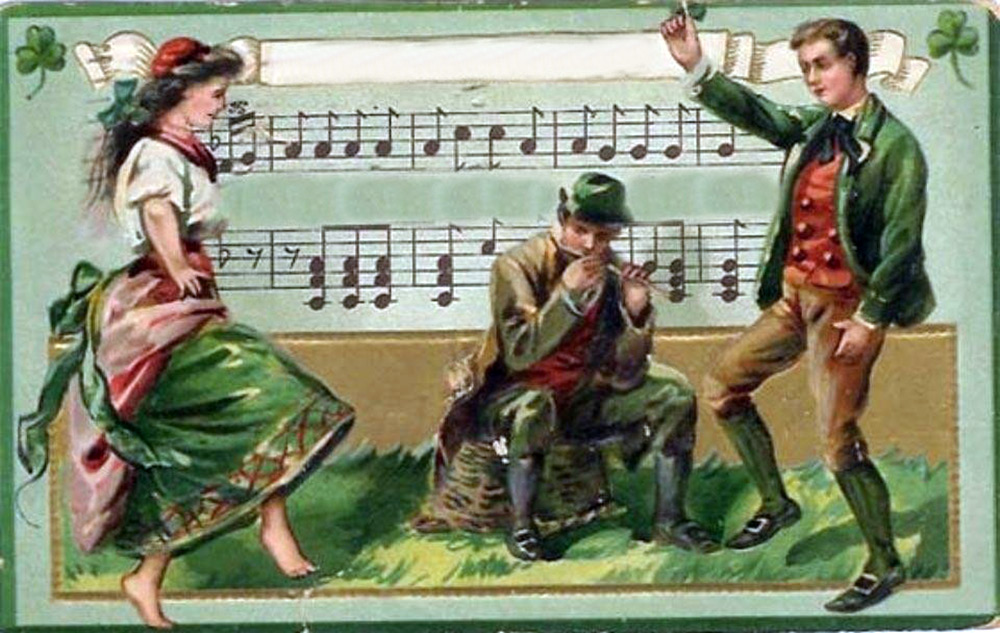
Vintage postcard for St. Patrick's Day
The men's clothing of the Irish of the 6th-17th centuries was a long undershirt. It was called lane. Rich people wore two shirts. The upper shirt was shorter. It was decorated with multi-colored embroidery. Shirts were sewn from flax. Linen is a traditional fabric for the clothes of ordinary people almost all over the world. In addition to linen, wool is another common material for peasant clothing.
Pants appeared in Ireland during the time of the Vikings. Initially, the pants were made of leather, like the Vikings. Then they began to sew from flax.
By the 17th century, a sweater appeared in Irish costume. Traditional Irish sweaters are called Aran sweaters, since it is in the Aran Islands that they first begin to knit.
There is even a special knitting style - Aran knitting. Aran knitting is knitting in which a pattern of weaving braids and crossing loops is formed.
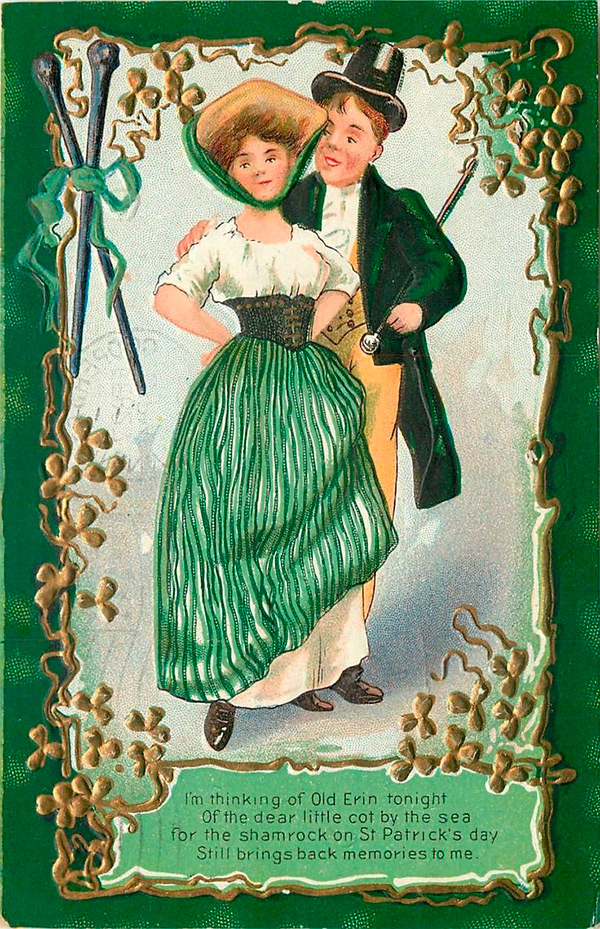
Vintage postcard for St. Patrick's Day
Originally, Aran sweaters were white or gray (today you can see green sweaters) and were decorated with ornaments with personal signs or the initials of the person who wore the sweater. Originally, Aran sweaters were the traditional clothing of fishermen.
Another element of Irish men's costume today is an elongated jacket or a jacket made of dense fabric, which most likely appeared already in the 18th century under the influence of the costume of the townspeople. Today Irish folk dancers wear either the sweater described above or the vest under the jacket or jacket. A kilt or short pants and woolen striped leggings are worn on the legs. And, of course, an obligatory part of the Irish folk costume - a large cloth beret.
Red celtic cape brat
Another must-have for Irish folk costume is a wool cloak with a voluminous hood. A plaid-like cloak has been worn since Celtic times. In the 6th - 17th centuries in Ireland, such a cloak was worn by both men and women. This cloak was called bret. It was sewn from a dense woolen fabric and fastened with a brooch on the shoulder or chest, or tied at the throat with a braid. Such a cloak very well protected from wind and cold. The breta's cloaks were monochromatic - blue, black, gray, but most often red.
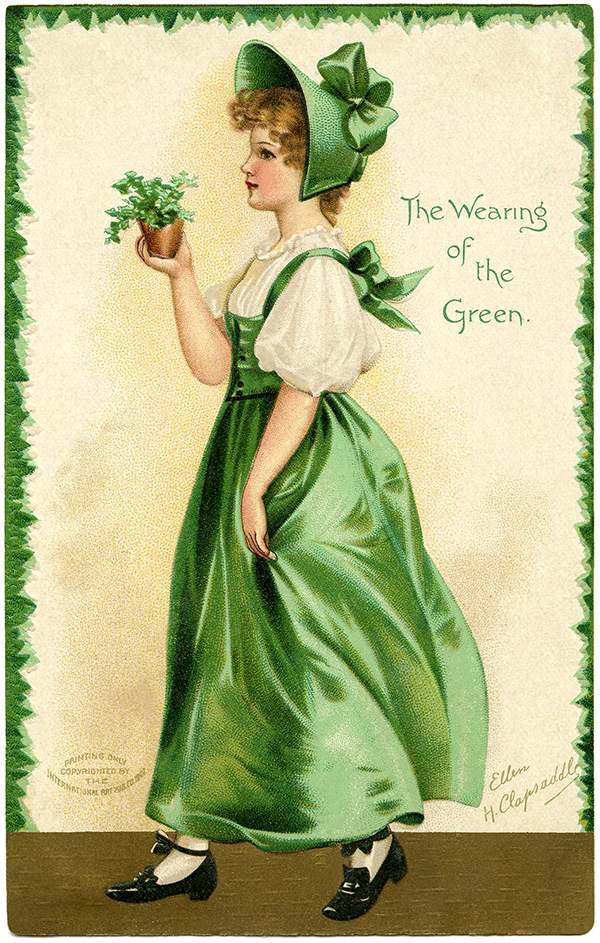
Vintage postcard for St. Patrick's Day
Women's dresses in Irish national costume
By the 19th century, even less was known about women's clothing from Celtic times than about men's clothing. Today, women's folk dress in Ireland is considered to be a dress with an accentuated waist line and widening downward. Irish folk dancers wear these dresses in plain green or with a striped skirt. Another element of the female folk costume of Ireland is shawls decorated with a bright border.
Thus, in the 19th century, on the basis of historical data on the folk costume of Ireland, as well as under the influence of the development of interest in folk Irish dances, the national costume of Ireland was formed, which still exists today.
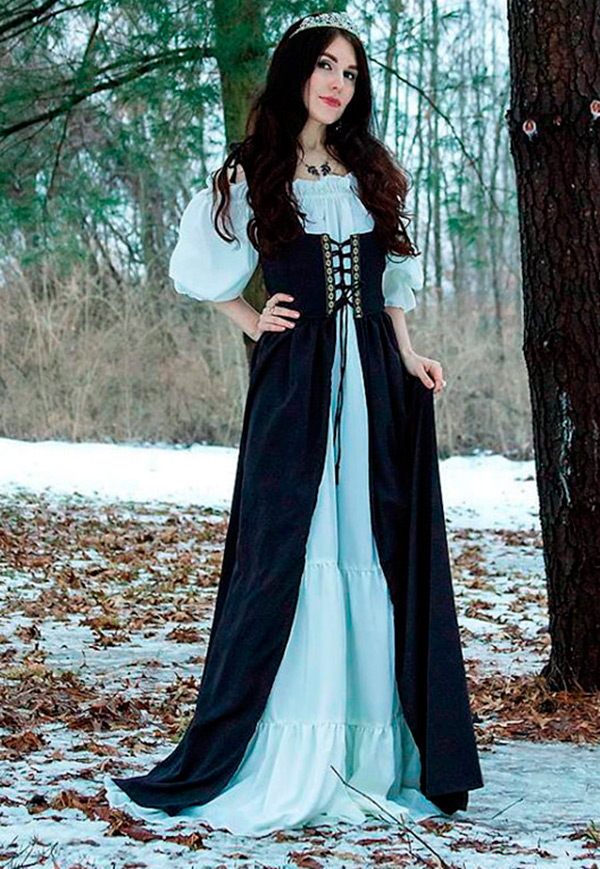
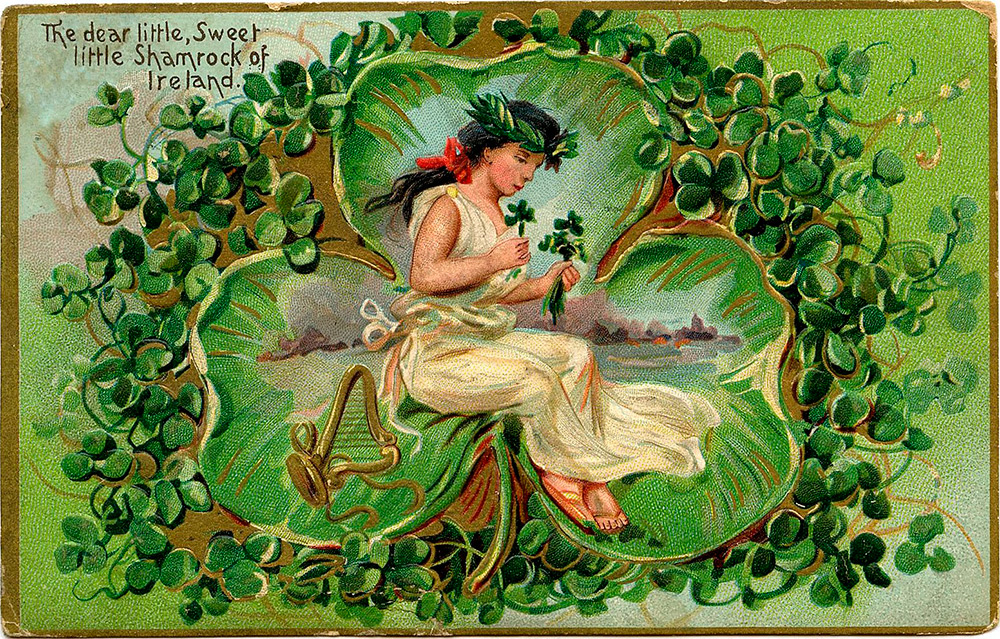
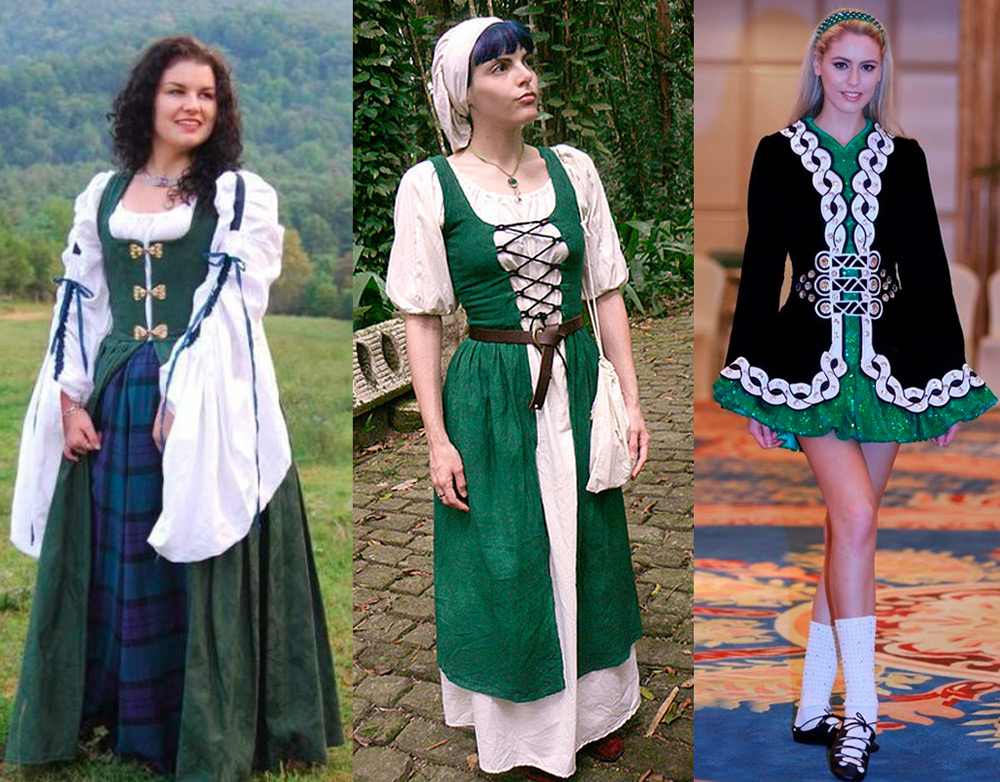
Comments and Reviews
Add a comment
Rating news
Shades of clothing that make women look younger
What shades of hair make women younger: rules and photos
Funny wedding dresses - photos and ideas
12 most expensive down jackets for the winter
How to look 25 at 40: tips from supermodels
Beautiful schoolgirls
Anti-aging haircuts and hairstyles for women
Fashionable skirts for autumn and winter
Fashionable women's trousers for the cold season
Fashionable and stylish sandals for summer 2024
Spring-summer 2024
 Fashionable dresses and tops with thin spaghetti straps
Fashionable dresses and tops with thin spaghetti straps
 Bandana tops: how to wear stylishly and beautifully
Bandana tops: how to wear stylishly and beautifully
 How to put together the perfect men's wardrobe for the summer
How to put together the perfect men's wardrobe for the summer
 Trendy shorts for spring-summer 2024
Trendy shorts for spring-summer 2024
 Fashionable skirts for spring-summer 2024: a guide to online shopping
Fashionable skirts for spring-summer 2024: a guide to online shopping
 The most fashionable dresses spring-summer 2024: styles and colors
The most fashionable dresses spring-summer 2024: styles and colors
 Fashionable total look 2024: image ideas and trends
Fashionable total look 2024: image ideas and trends
